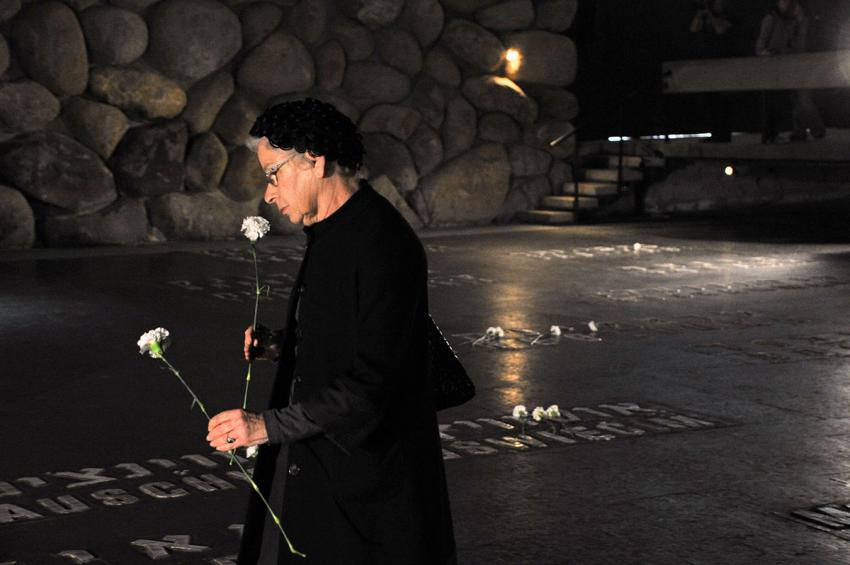During the 2,000 years of our Diaspora, Jews suffered terrible abuse, violent blood libels and murderous pogroms that left thousands dead, and scores of communities decimated. For generations, lost individuals were memorialized by their families, while entire communities were recalled collectively in public prayers and commemorations. In the Middle Ages, in response to the disasters that befell the Jewish people, an additional element was added in the form of Slichot (prayers of atonement), and mourning rituals. However, memorializing the names of those who died remained the sole responsibility of the family: no model was set for the commemoration of the individual by the community as a whole. Although Judaism attributes great significance to a person’s name, except for a few rare cases, it was only the events that were remembered; not the people and their names.
After the Holocaust, the ingrained Jewish tradition of remembrance faced an enormous challenge. Existing patterns of commemoration and mourning were called into question due to the unprecedented scale of the disaster, the depth of the trauma, and the unique experience that had shattered relations between Jews and the rest of the world – an experience that undermined the fundamental values of human society. The futile nature of the mass murders gave rise to difficult questions with regard to human nature. The need to remember cried out to heaven.
Paradoxically, interest in the Holocaust has heightened as we have moved further away in time from the event itself. The complex process of inter-generational transition and the fundamental changes in attitude to, and awareness of, the Holocaust around the world have led to an increasing focus on the individual fate and the human dimension of the story. It is the very distance in time that has generated our need to abandon abstract definitions and try to draw closer to the victims and touch their lives.
The Nazis sought to murder the Jews, and obliterate every memory of them. The Shoah thus not only changed the scale and scope of the murder, but also called for a new kind of remembrance. As such, from the very beginning of Holocaust commemoration, alongside the need to document the event itself, Yad Vashem recognized the importance of collecting and recording the names of the victims – to perpetuate the memory of every single person who died. By means of the Pages of Testimony – special forms recording biographical information on the victims – and their stories, we are turning the abstract number of six million into something tangible, something we can identify with, even though we are distant in time and space from the event itself.
27 January has been designated by the UN as International Day of Commemoration in memory of the victims of the Holocaust. But who were those victims? Over seven decades after the Shoah we have been able to identify two-thirds of the Jews killed in the Shoah – over 4.6 million names appear in the Central Database of Shoah Victims’ Names. The Names Database is the portal to both a personal and collective connection with the victims of the Shoah, where they are remembered as individuals, with their unique personalities, talents, dreams and desires.
The Names’ Database is an ongoing project: the collection of Pages of Testimony continues, and millions of names that appear in a wide variety of historical documents still need to be computerized and integrated into the Database. Other institutions involved in documentation and commemoration of victims have joined our efforts, contributing their lists to the repository. The public’s role in ensuring that names of their grandparents, parents, aunts, uncles, children, cousins and friends live forever is critical. But as time passes, it is ever more crucial to join the monumental endeavor to recover the names of each and every one of the victims. Join us in fulfilling this vital mission of the Jewish people and all humanity.
The enormity and totality of the destruction perpetrated by Nazi Germany is reflected in the formidable task of salvaging six million individual names. We have a collective responsibility to make every effort towards this goal. But it is a race against time. We must recover as many names as possible before the generation that remembers them is no longer with us. Together, we convert our collective memory into individual commemoration, and through identifying the individuals we may then reflect on our collective loss. In doing so, we piece back together the broken chain that connects us with the past and shape our identity for the future.







